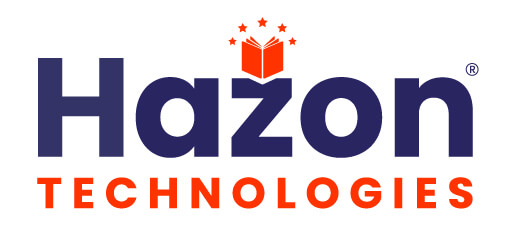Why Ranking

4 Reasons for Ranking
Branding Your Institution
Rankings have been proven to considerably help continue and build institutional position and reputation. Having your institution rank as highly as possible only improves the chances of falling into a prospective student shortlisting process.
Improve Organization and Management
Over a while, leaders and policymakers at universities and business schools have used rankings as a standard to work off to achieve institutional progress. Key stakeholders at universities use rankings as a management tool to bring about strategic and academic change. Rankings can be leveraged to create overall target agreements or within specific faculties, offering increased scholarships and staff appointments, or even creating a division to monitor rankings.
A Basis For Important Decisions
Rankings can be considered reliable sources to encourage the collection and publication of reliable national data in higher education. The results of global rankings can stimulate national debate and focused analysis of key factors that may cause regional, or institutional successes in rankings. Such reports and findings could also be leveraged to make positive, internal policy changes.
Influence Partnerships and Collaborations
University rankings can affect national and international partnerships and collaborations. This ties in with the positive branding that results from rankings, but for institutions with an upper hand in rank, it will improve the willingness of others to partner with them or support their membership in academic or professional associations. Decision-makers in HEIs may consider a potential partner’s rank before entering into a discussion about research or academic associations.
